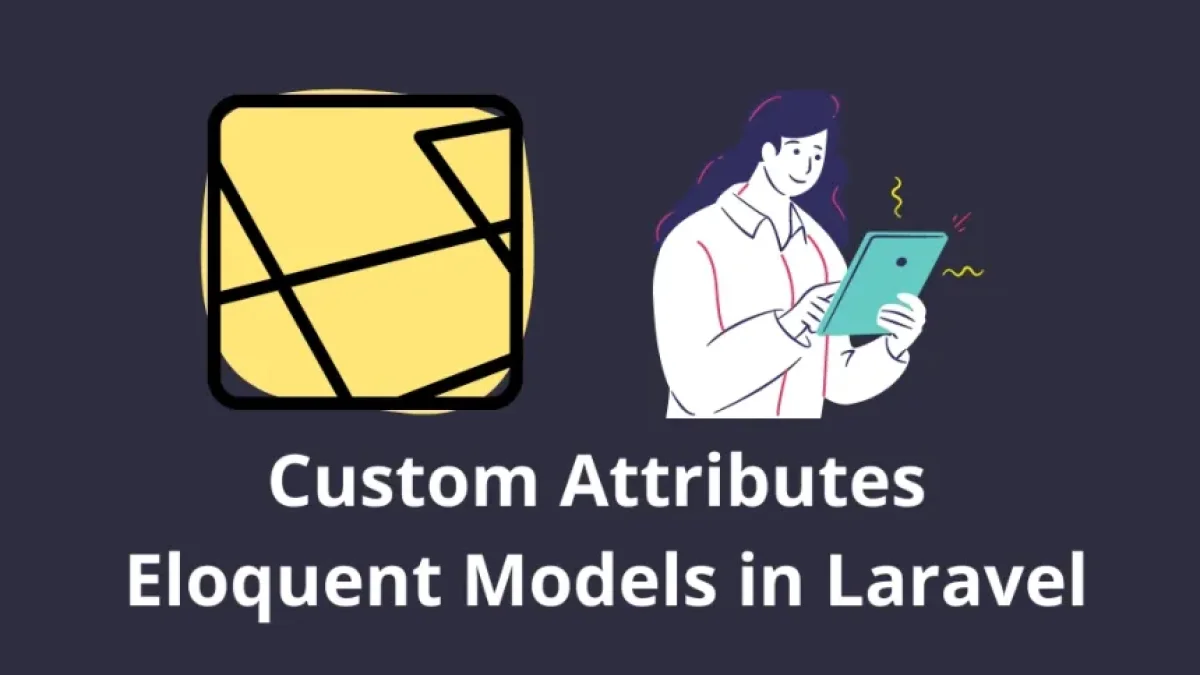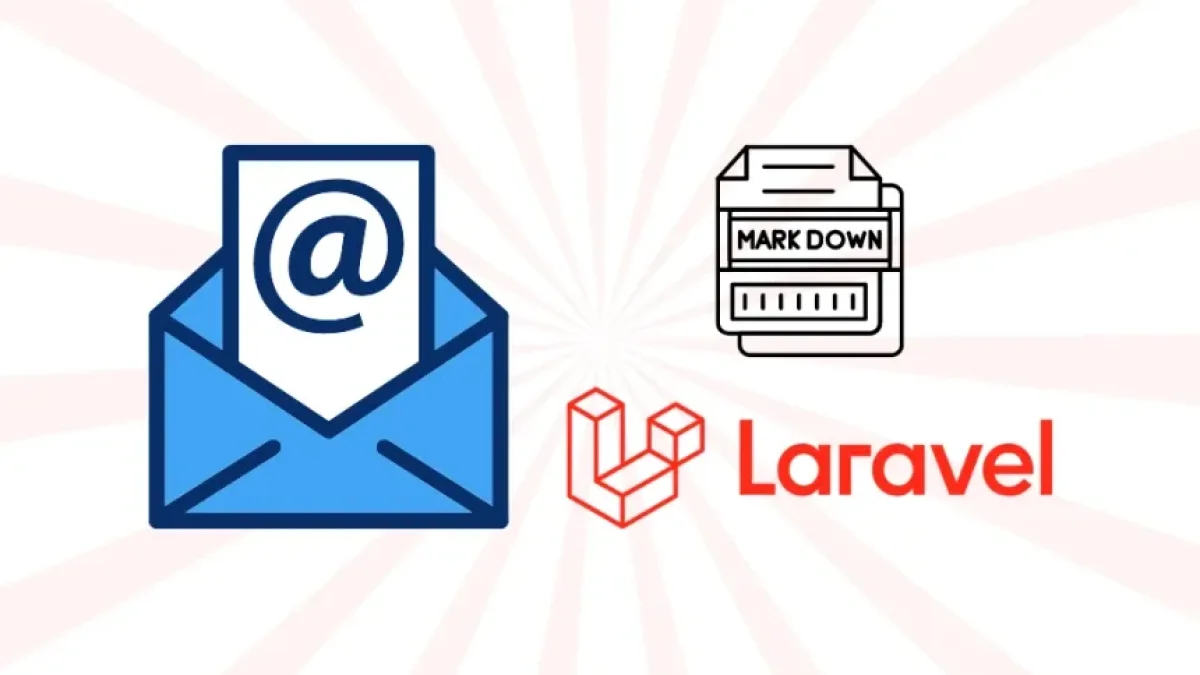Advanced Eloquent Relationships Polymorphism and Many-to-Many Relationships


Eloquent is the ORM (Object-Relational Mapping) system used by Laravel, a popular PHP framework. With Eloquent, managing the relationships between models and databases becomes a straightforward task. In this article, we will discuss two advanced concepts in Eloquent: polymorphism and many-to-many relationships, focusing on how to implement and use them effectively in Laravel applications.
Introduction to Eloquent
Eloquent is a powerful tool that allows developers to interact with databases using clear and concise syntax. It utilizes the Active Record pattern, where each Eloquent model represents a table in the database. When dealing with complex relationships, such as polymorphisms and many-to-many relationships, Eloquent offers functionalities that make managing these interactions easier.
Polymorphic Relationships
Definition and Use
Polymorphic relationships in Eloquent allow a model to belong to more than one type of model in a single relationship. This concept is useful in situations where a model can have more than one type of relationship with another model. For example, a comment can belong to both a post and a video.
Implementation Example
To illustrate how to implement polymorphic relationships, let’s consider an example where we have two models: Post and Video, both of which can receive comments.
Read also
Step 1: Creating Models and Migrations
First, we create the Comment model and its migration.
php artisan make:model Comment -m
In the comments migration, we define the necessary fields:
Read also
Schema::create('comments', function (Blueprint $table) {
$table->id();
$table->text('body');
$table->morphs('commentable'); // commentable_id and commentable_type fields
$table->timestamps();
});Next, we create the Post and Video models. Here is the relationship in the Comment model:
class Comment extends Model
{
public function commentable()
{
return $this->morphTo();
}
}In the Post model, we add the polymorphic relationship:
class Post extends Model
{
public function comments()
{
return $this->morphMany(Comment::class, 'commentable');
}
}And in the Video model:
class Video extends Model
{
public function comments()
{
return $this->morphMany(Comment::class, 'commentable');
}
}Step 2: Using the Relationship
Now we can add comments to a post or a video.
$post = Post::find(1); $post->comments()->create(['body' => 'This is a comment.']); $video = Video::find(1); $video->comments()->create(['body' => 'This is a comment on a video.']);
Many-to-Many Relationships
Definition and Use
Many-to-many relationships allow one model to relate to multiple instances of another model and vice versa. For example, a student can be enrolled in several courses, and a course can have multiple students.
Implementation Example
Let’s see how to implement a many-to-many relationship between Student and Course.
Step 1: Creating Models and Migrations
First, we generate the models:
php artisan make:model Student -m php artisan make:model Course -m
Then, we create the intermediate migration course_student:
php artisan make:migration create_course_student_table
In this migration, we add:
Schema::create('course_student', function (Blueprint $table) {
$table->id();
$table->foreignId('student_id')->constrained()->onDelete('cascade');
$table->foreignId('course_id')->constrained()->onDelete('cascade');
$table->timestamps();
});Step 2: Defining the Relationships
In the Student model, we define the relationship:
class Student extends Model
{
public function courses()
{
return $this->belongsToMany(Course::class);
}
}In the Course model, we also define the relationship:
class Course extends Model
{
public function students()
{
return $this->belongsToMany(Student::class);
}
}Step 3: Using the Relationship
Now we can associate students with courses and vice versa.
$student = Student::find(1); $course = Course::find(1); $student->courses()->attach($course->id); // To get all courses of a student $coursesOfStudent = $student->courses;
Conclusion
Eloquent makes managing complex relationships in databases a simple and straightforward task. By using polymorphic and many-to-many relationships, developers can create robust and scalable Laravel applications. Understanding and properly implementing these relationships are fundamental for building efficient data structures in any application.
Take advantage of the tools that Eloquent offers to enhance your application's architecture and make it more flexible and maintainable. Start implementing these relationships in your Laravel projects today!



















